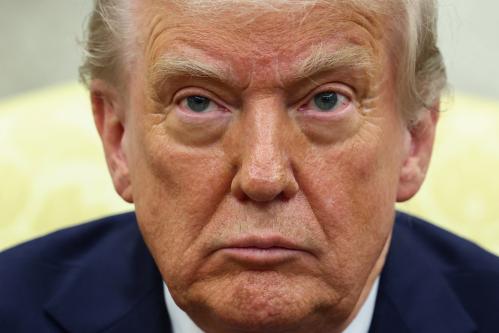The U.S. faces a large medium-term federal budget deficit and an unsustainable long-term fiscal gap. Left unattended, these shortfalls will hobble and eventually cripple the economy. The only plausible way to close the gap is through a combination of spending cuts and/or tax increases. This paper discusses why a federal Value-Added Tax (VAT) should be part of a constructive solution to the fiscal problem.
Under a VAT, businesses pay taxes on the difference between their total sales to other businesses and households and their purchases of inputs from other businesses. That difference represents the value-added by the firm to the product or service in question.2 The sum of value-added at each stage of production is the retail sales price, so in theory the VAT simply replicates the tax patterns created by a retail sales tax and is therefore a tax on aggregate consumption. In practice, the key distinction is that VATs are collected at each stage of production, whereas retail sales taxes are collected only at point of final sale. As a result, the VAT is easier to enforce and is widely regarded as having a superior administrative structure to a retail sales tax.
Although it would be new to the United States, the VAT is in place in about 150 countries worldwide and in every OECD country other than the United States. Experience suggests that the VAT can raise substantial revenue, is administrable, and minimally harmful to economic growth. Additionally, the VAT has potential advantages worth highlighting: a properly-designed VAT might help the states deal with their own fiscal issues, and a pre-announced, phased-in VAT might be able to accelerate the pace of economic recovery.
Several concerns that have been raised about the VAT can be easily addressed. While the VAT is regressive relative to current income, the regressivity can be offset in several ways. While the VAT is not readily transparent in many countries, it would be easy to make the VAT completely transparent to businesses and households by reporting VAT payments on receipts just like sales taxes are reported today. While the VAT has led to an increase in revenues and spending in some countries, higher revenues are precisely why the VAT is needed in the U.S., and efforts to limit spending should be part of an effort to enact a VAT. Making the VAT transparent should also reduce the extent to which a VAT would fuel an increase in government spending, a concern that is sometimes overstated by critics in the first place. While the VAT may lead to a one-time increase in prices, it is not the case empirically that VATs inevitably, or even usually, lead to continuing inflation.
None of this implies that the VAT would unilaterally solve the country’s fiscal problems; nor would it be painless. Nevertheless, the VAT is a relatively attractive choice, given the need to close the fiscal gap and the other options for doing so.
The sections below address each of these issues. We also summarize the Canadian VAT experience, which shows how many of the concerns can be addressed in practice. The final section summarizes our specific recommendations regarding the VAT.
The Brookings Institution is committed to quality, independence, and impact.
We are supported by a diverse array of funders. In line with our values and policies, each Brookings publication represents the sole views of its author(s).





